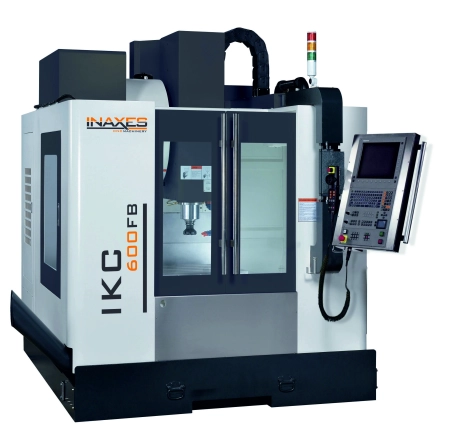CNC Lathes
CNC lathes are essential machines in modern manufacturing processes. They are computer-controlled machines that can perform precise cuts, drilling, and shaping of metal, wood, and other materials. The use of CNC lathes has revolutionized the manufacturing industry, allowing for greater accuracy, consistency, and efficiency in the production process.
How do CNC Lathes work?
CNC lathes use computer software to control the movement of the cutting tool, workpiece, and other machine components. The operator inputs the design into the software, and the machine performs the necessary cuts and movements to create the desired part.
CNC lathes operate on various axes, with the most common being the X and Z-axis. The X-axis controls the left-to-right movement of the cutting tool, while the Z-axis controls the up-and-down movement. Some CNC lathes have additional axes, such as the Y-axis, which allows for more complex cuts and designs.
Types of CNC Lathes
There are several types of CNC lathes, each designed for specific applications.
1. Engine Lathe
An engine lathe is a type of CNC lathe that is commonly used for general-purpose machining. It is versatile and can perform a wide range of cutting operations, making it a popular choice in manufacturing plants.
2. Swiss Lathe
A Swiss lathe (also known as a Swiss screw machine) is a type of CNC lathe that is designed for high-precision work. It is commonly used in the production of small, complex parts such as screws, bolts, and other fasteners.
3. Turret Lathe
A turret lathe is a type of CNC lathe that is designed for high-speed production of small to medium-sized parts. It typically has multiple cutting tools that can be quickly changed to perform different operations.
4. Vertical Lathe
A vertical lathe is a type of CNC lathe that is designed for large, heavy-duty parts such as turbine rotors and other large components.
Benefits of CNC Lathes
CNC lathes offer several benefits over traditional manual lathes.
1. Greater Precision
CNC lathes can perform cuts with greater precision and accuracy than manual lathes. This is due to the computer-controlled nature of the machine, which eliminates human error in the machining process.
2. Increased Efficiency
CNC lathes are faster and more efficient than manual lathes. They can perform multiple operations in a single setup, reducing the time required for production and increasing throughput.
3. Greater Consistency
CNC lathes can produce parts with greater consistency and repeatability than manual lathes. This is especially important in applications where parts must be identical to each other.
4. Lower Labor Costs
CNC lathes require less operator intervention than manual lathes, reducing the labor costs associated with production.
Applications of CNC Lathes
CNC lathes are used in a wide range of industries, including:
1. Aerospace
CNC lathes are used in the aerospace industry to manufacture parts for aircraft engines, landing gear, and other components.
2. Automotive
CNC lathes are used in the automotive industry to manufacture parts such as engine blocks, pistons, and crankshafts.
3. Medical
CNC lathes are used in the medical industry to manufacture precision parts used in medical devices and implants.
4. Electronics
CNC lathes are used in the electronics industry to manufacture parts for electronic devices such as smartphones, laptops, and tablets.
Conclusion
CNC lathes are essential machines in modern manufacturing processes. They offer greater precision, consistency, and efficiency than traditional manual lathes, making them a popular choice in a wide range of industries. With their ability to produce complex parts quickly and accurately, CNC lathes are helping to drive innovation and progress in manufacturing.









You must be logged in to post a comment.